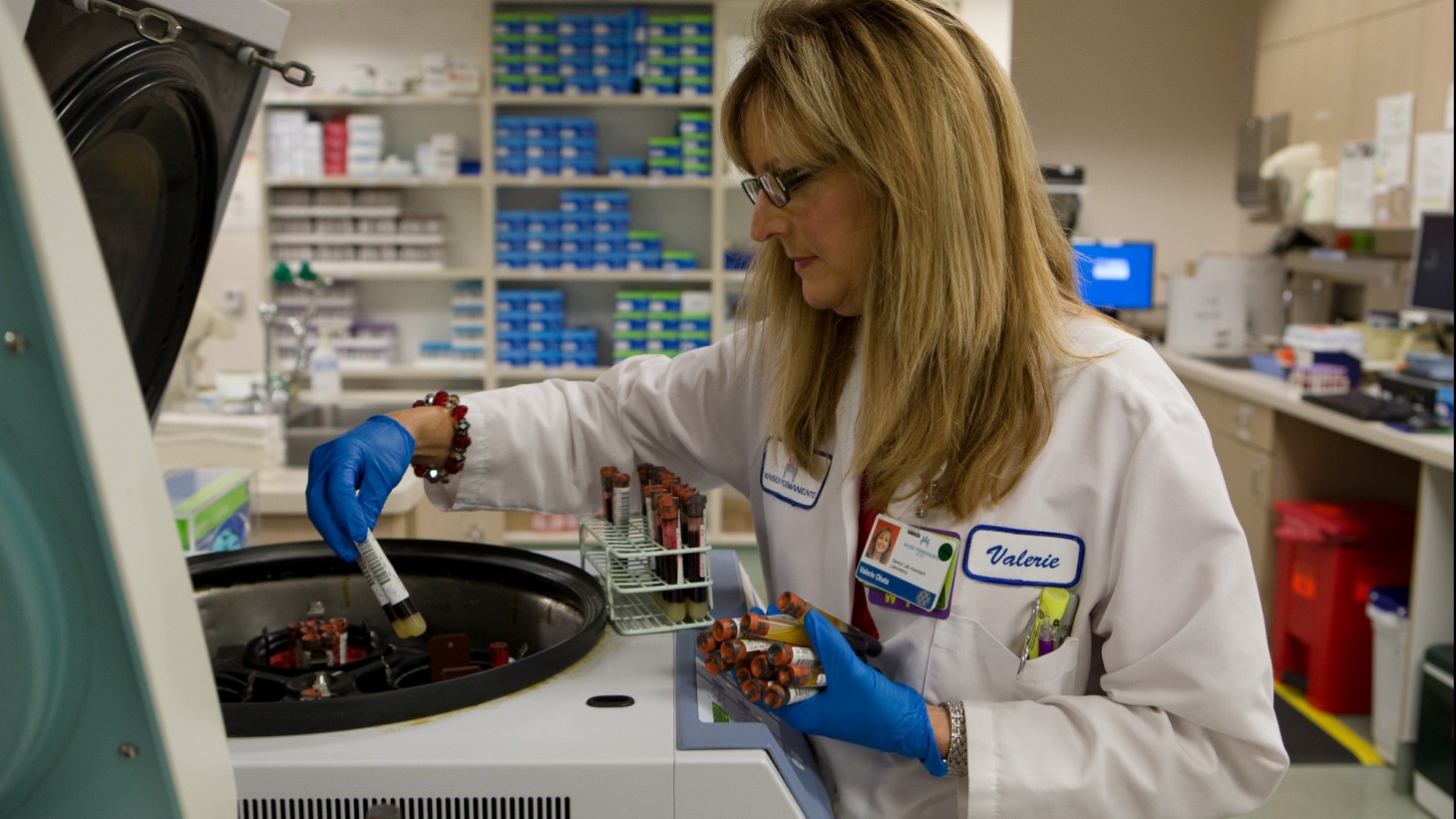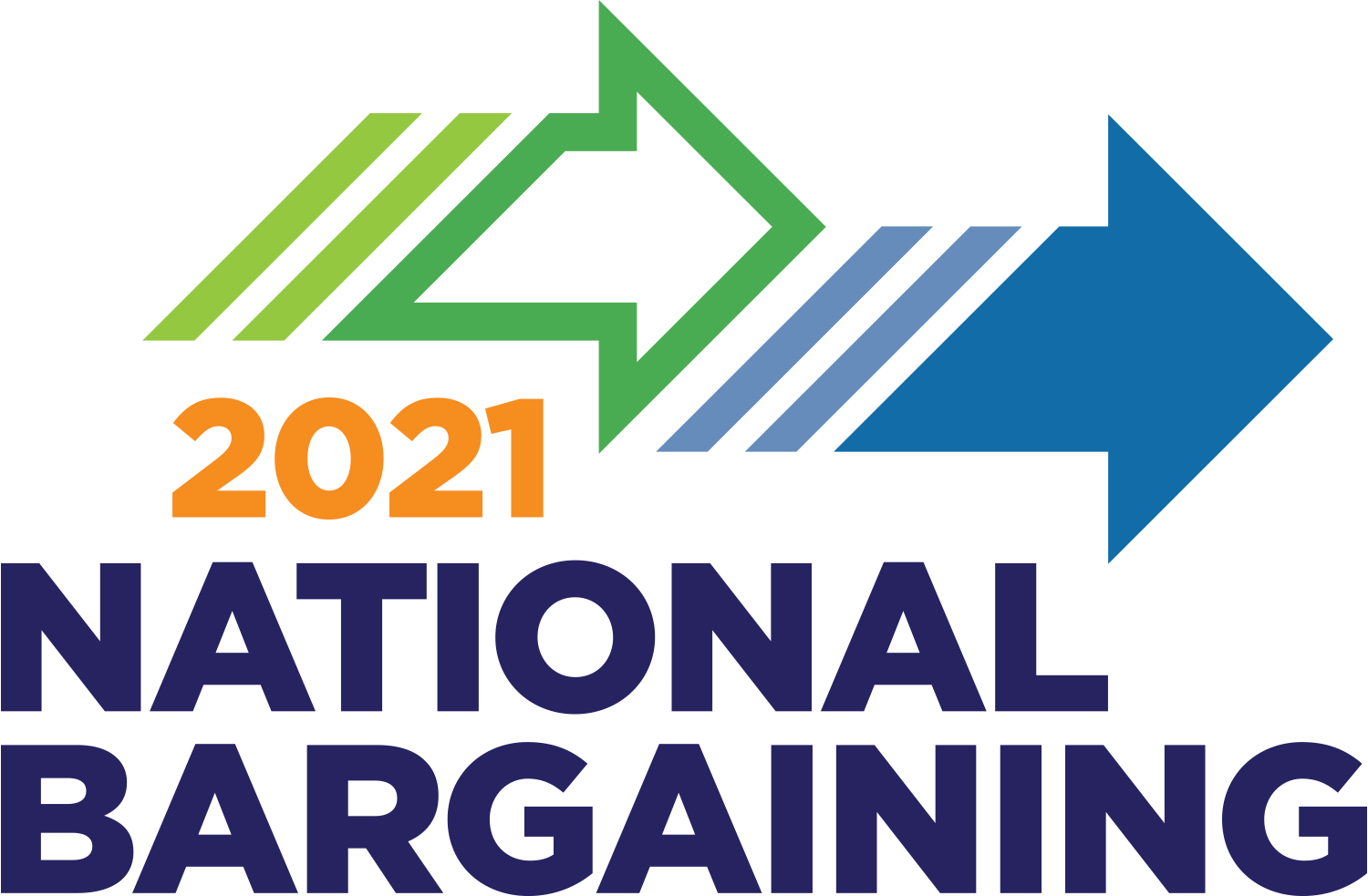
Shifting schedules and cross-training can help labs work more quickly. Pictured is Gilroy Senior Lab Assistant Valerie Obata, a member of SEIU-UHW.
Creative Thinking Makes a Faster Lab
Patients expect to wait at the lab, but when flipping through magazines stretches to an hour, they might as well pack a lunch. The Gilroy Medical Offices lab had this problem, so they shifted schedules and opened a half-hour earlier. They staggered lunch schedules, worked with physicians to make orders clear, and trained all staffers to register patients, process specimen and draw blood. In a month, wait times dropped to 24 minutes and then to 8-15 minutes. Member satisfaction scores jumped 10 points, and 20 monthly complaints became 150 compliments.
Here's What Worked
- Opening the lab a half-hour earlier to prevent long lines at the open of business
- Shifting work schedules and staggering lunch hours to have more staff covering available time
- Cross-training staff to register patients, process specimens and draw blood
What can your team do to improve its workflow?
